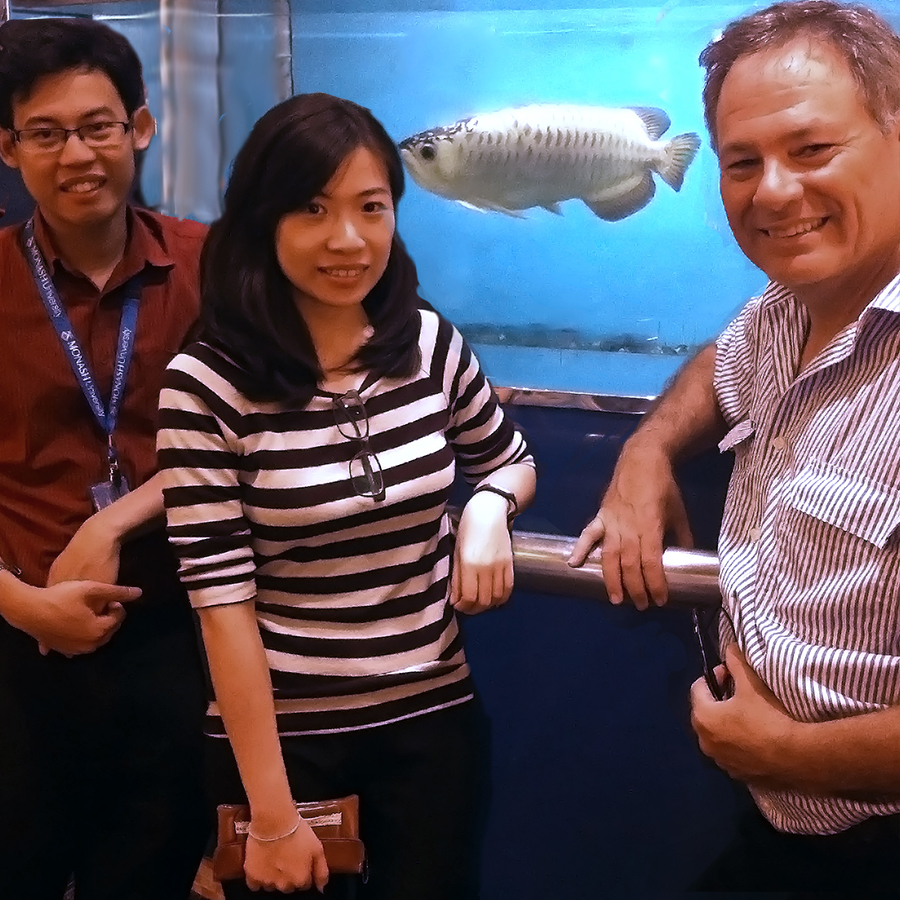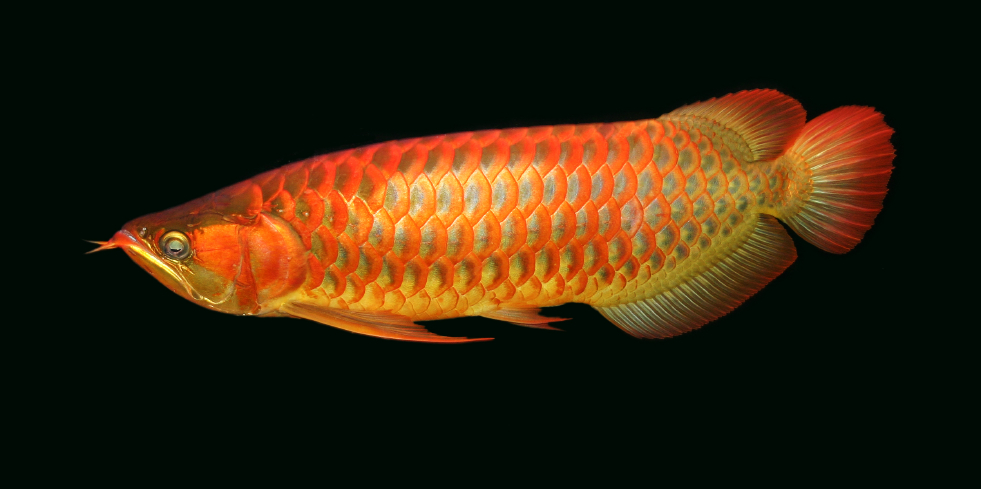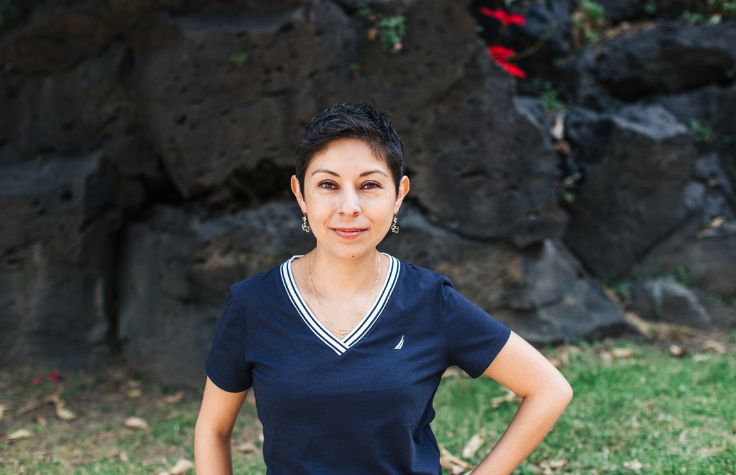
2 February 2016
An endangered fish long considered a symbol of luck and prosperity in many Asian cultures has been successfully sequenced, shedding light on its evolutionary history and creating a source of hope for reestablishment in the wild. The Asian Arowana, also known as the ‘dragonfish’ because of its resemblance to the Chinese dragon, belongs to an ancient family of fish and is a popular ornamental species found in rivers in Southeast Asia.
 Researchers from Monash University Malaysia wanted to trace its genealogy to understand fish evolution and the relationships among the most primitive kinds of fish. By using Illumina’s HiSeq2000, they were able to quickly and affordably generate a comprehensive DNA sequence data set and a robust genome assembly. This is the first fish to be sequenced in Malaysia. Results of the findings were reported in the Journal of Genome Biology and Evolution.
Researchers from Monash University Malaysia wanted to trace its genealogy to understand fish evolution and the relationships among the most primitive kinds of fish. By using Illumina’s HiSeq2000, they were able to quickly and affordably generate a comprehensive DNA sequence data set and a robust genome assembly. This is the first fish to be sequenced in Malaysia. Results of the findings were reported in the Journal of Genome Biology and Evolution.
Professor Chris Austin and his team from Monash University Malaysia decoded the genome of this endangered freshwater fish, and discussed the significant impact their study has on fish research in the country.
What was the goal of your study to sequence the fish?
At the time the project commenced, whole genome sequences were available for only 20 well known species of fish which were either model species for research (e.g., zebrafish) or common commercial species, such as tilapia, carp, and salmon. The Asian Arowana is of interest to evolutionary biologists, as it is of conservation concern and is the subject of commercial interest, especially in Malaysia.
It is important for the Malaysian research community that a Malaysian university and Malaysian-based researchers be the first to sequence the genome of a Malaysian fish species for insights into this ancient species, as well as for its complex taxonomy and high commercial value.
What was your experience working with the HiSeq 2000?
The technology worked beautifully and met all our expectations, as the first animal species we have sequenced at Monash University. Compared to other next-generation sequencing technology for massive data generation, Illumina's technology is substantially faster, simpler with minimal hands-on time, accurate (high Q30) and consistent.
Can you describe how Illumina’s technology enabled your team to conduct the research?
The low-cost per base of Illumina HiSeq technology allowed us to obtain sufficient coverage (60X) of the arowana genome without a substantial financial investment. This is important as we can then channel funds to the subsequent stages of the project, such as the bioinformatics analysis. This technology is an integral component of our research both in enabling research and in maximizing the efficiency of research fund utilization. Having the arowana genome sequences is already helping us to design new studies to measure the genetic diversity within arowana populations over its wide geographic range based on partial genome scans. This will help resolve taxonomic questions and identify divergent populations that may require special conservation attention.
What is the impact of your findings on the species as a whole?
Enormous! The arowana belongs to one of the most ancient lineages of fish, and this study helped resolve the question of which group is the oldest fish lineage—the arowana group versus the eel group. The species is of significant conservation concern. It is listed as endangered on the International Union for Conservation of Nature Red List.
Habitat degradation caused by a variety of human activities is now the main threat to the arowana in Southeast Asia. Prime arowana habitat is being lost in freshwater swamps that have been transformed into agricultural land, and in rivers that flow through forests that have been logged and turned into plantations. This species is assessed as endangered based on a decline in area of occupancy, extent of occurrence and habitat quality, and levels of exploitation.
The species is also one of the most valuable ornamental species in the world due to its large size and bright colors. Golden and red colors are especially valued. High quality fish can sell for thousands of dollars. In Malaysia alone, the export industry is valued at more than $50 million with over 200,000 fish produced annually.
New sequencing studies are already underway to build on the arowana genomic resources. This helps to explore important questions relating to sex determination, the genetic basis of color phenotypes and the genetic status of commercial stocks as they may show evidence of inbreeding or stock mixing depending on the breeding practices of farmers.
To read more on the University’s study, click here.


